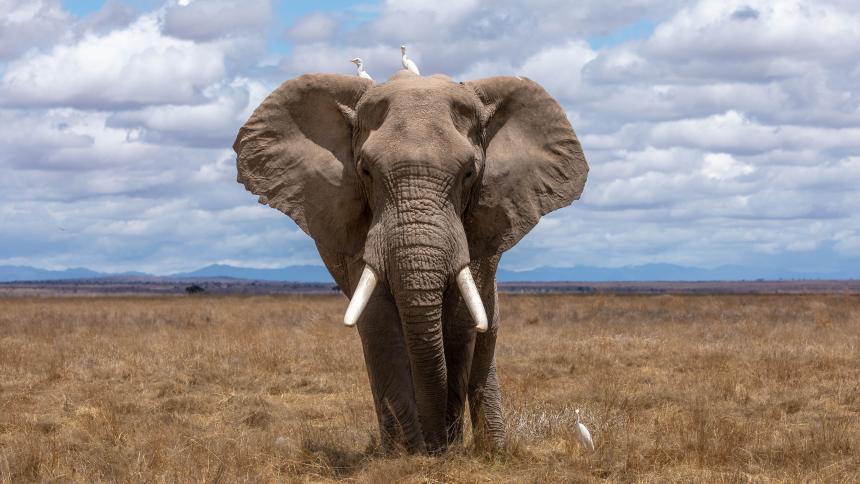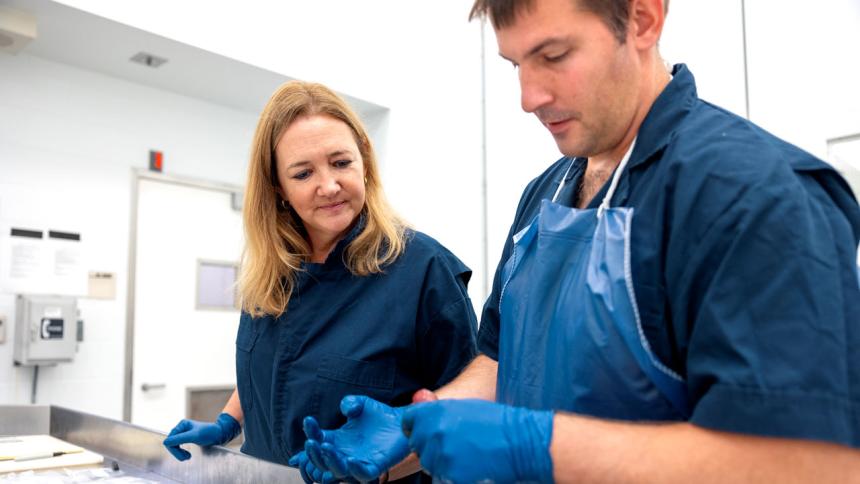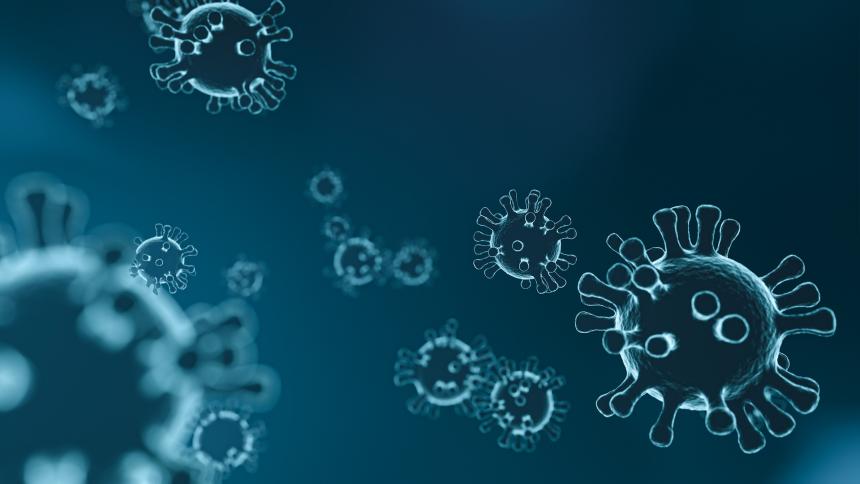In the News

December 06, 2023
A massive die-off of the endangered species has been happening in sub-Saharan Africa since 2020. Until now, the culprit was unknown. A new study has shown the cause to be a bacterium not previously found in elephants of any species, called Bisgaard taxon 45, that causes septicemia.

For Your Information
November 27, 2023
This study led by Cornell researchers provides an overview of important toxicants to which honey bees are exposed; behavioral, husbandry, and external environmental factors influencing exposure; impacts of toxicant exposure on individual bee and colony health; and the convergent impacts of stress, nutrition, infectious disease, and toxicant exposures on colony health.

November 22, 2023
State agencies are stepping up education and outreach to promote voluntary adoption of non-lead alternatives, acting on recommendations from their Lead Ammunition Working Group, a multidisciplinary partnership that includes the Cornell Wildlife Health Lab.

November 17, 2023
While avian influenza has affected multiple bird populations and a range of mammal species across the world, the Cornell Janet L. Swanson Wildlife Hospital has optimized its use of clinical medicine, practical precautions, and collaboration to effectively manage the risk of disease transmission among birds in the hospital, and from birds to mammals, including humans.

November 15, 2023
Led by Cornell's Dr. Karyn Bischoff, an analysis of beeswax in managed honeybee hives in New York finds a wide variety of insecticide, herbicide and fungicide residues, exposing current and future generations of bees to long-term toxicity.

November 08, 2023
For my last summer before clinical rotations, I wanted to gain experience with marine animals. I was accepted as an intern with the International Fund for Animal Welfare (IFAW) Marine Mammal Rescue & Research (MMRR) program in Cape Cod, Massachusetts, a unique geographical area where tides and coastlines can suddenly trap a dolphin or whale in inches of water....

November 04, 2023
Flu viruses and coronavirus started the last few pandemics. Could the next one be a paramyxovirus? Cornell's Dr. Raina Plowright weighs in on the risks.

For Your Information
November 01, 2023
This new paper by Cornell researchers presents background and commentary focusing on companion and peri-domestic animals as disease risk for humans, taking into account the human-animal interface and population dynamics between the animals themselves.

For Your Information
October 28, 2023
In this study led by Cornell's Dr. Karyn Bischoff, researchers found pesticide contamination of beeswax in New York State's beekeeping industry to be common, with commercial beekeepers experiencing the greatest contamination.

Announcement
October 26, 2023
Cornell's Dr. Raina Plowright will be serving as a co-chair of a new Commission on Prevention of Viral Spillover, convened by The Lancet and the Coalition for Preventing Pandemics at the Source.
